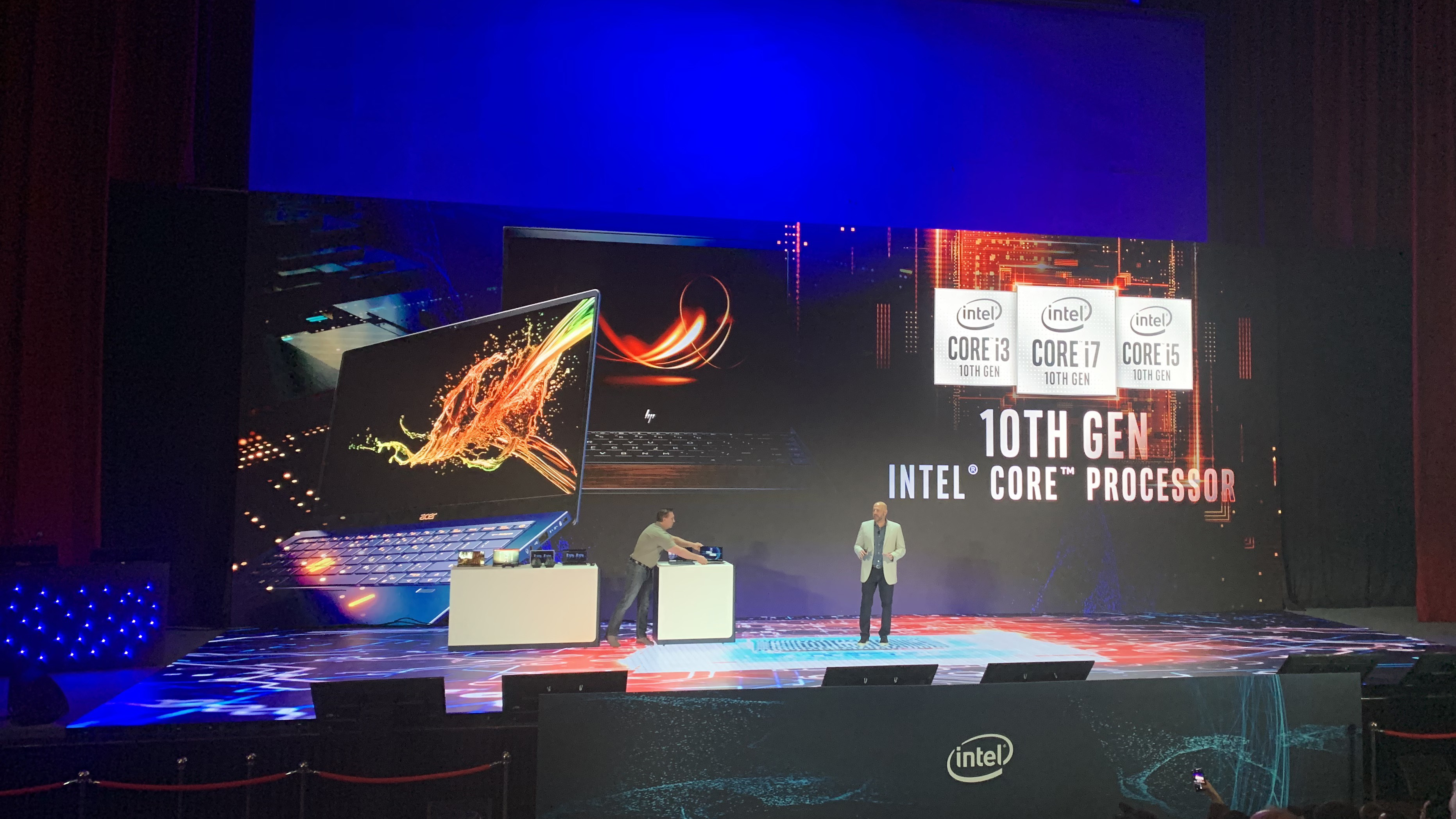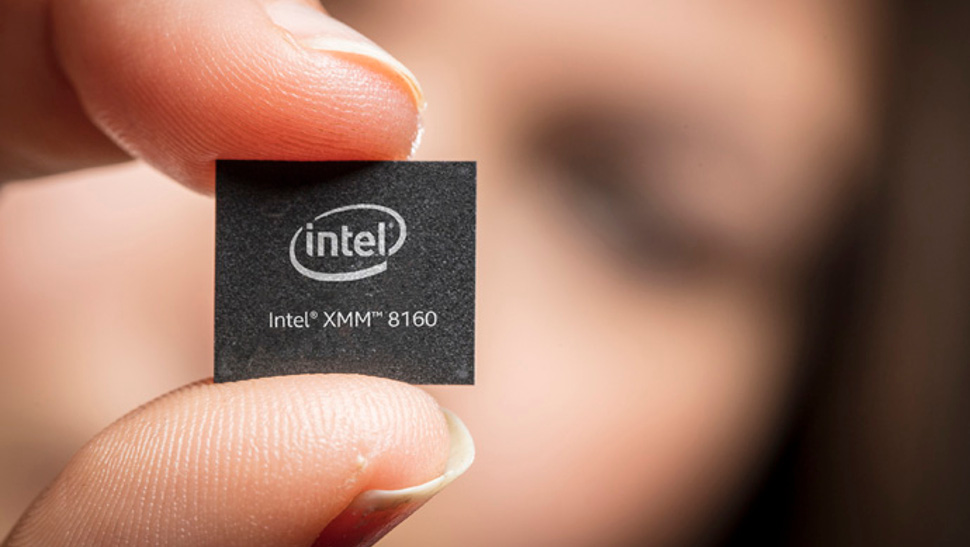For anyone that's been following the computing industry over the last year, it's probably not too surprising or controversial to say that Intel hasn't had its best year ever. The Santa Clara chip manufacturer faced a number of challenges in 2019, from its own silicon shortages to recent developments in the ever-turning Intel vs AMD processor wars.
But it wasn't all bad. Intel did release some very promising technology this year, mostly when it comes to its 10nm Ice Lake laptop chips that kick off a new age for Intel-based laptops that it's calling Project Athena.
- We'll show you how to build a PC
- Check out the best Intel processors
- Will Intel compete with the best graphics cards?
All of this leaves Intel in a pretty interesting spot this year, and makes us intensely curious what it will be doing at CES 2020 and beyond - those desktop chips have to be somewhere, right?
Either way, because 2019 is finally over and 2020 is peeking from around the corner, we're going to dive into all the major breakthroughs and defeats that Intel experienced in 2019, along with what we predict for 2020.

Kicking off Project Athena
Because we knew that AMD would be releasing a slew of 7nm processors in 2019, we were expecting big 10nm moves from Intel in response. And, that's exactly what we got at CES 2019. Well, kind of.
At the giant tech conference, Team Blue announced its new Sunny Cove architecture, built on a 10nm process, that would be behind the upcoming Ice Lake microarchitecture. What we didn't know at the time though, is that Sunny Cove would be almost entirely built for laptops, rather than desktops.
Essentially, Intel was hinting at a mobile platform that wouldn't come out for months, along with Lakefield, a new hybrid CPU architecture meant to take on Qualcomm's increased competition with the likes of the new Qualcomm 8cx chipset found in the Surface Pro X. But, even though this was announced way back at CES 2019, we still haven't seen it materialize into an actual product.

In fact, we didn't hear more about Ice Lake until Computex 2019, which was a whole five months later. At the giant computing event in Taipei, Intel spilled more details on Ice Lake, and how it would in fact be shipping in 2019.
Some clarification was also given on what Project Athena actually was - rather, is. Rather than a single product or CPU microarchitecture, it is a multi-year-long initiative that would see Team Blue pushing mobile computing further, improving AI and power efficiency to produce more accessible computing for everyone.
When Ice Lake laptops started to hit the streets in September 2019, we noticed that a lot of them were more power efficient and mobile, but we've yet to see how Intel's AI focus will truly impact your average consumer. We've heard about how your computer would be able to learn what users need the most power for, and intelligently boosting performance around these personalized tasks, but there just isn't an excellent way to test that for ourselves quite yet.

Another mobile architecture
Ice Lake wasn't the only mobile architecture on offer by Intel this year. Comet Lake also managed to power a lot of the best laptops this year, but there was a catch: it was still based on the same 14nm process as Intel's been stuck on for years. This meant that these chips weren't much of an improvement over 2018's Whiskey Lake.
And for the most part it seems like there were far more laptops with Comet Lake than Ice Lake, perhaps because the new 10nm Sunny Cove architecture is in shorter supply. We just hope that in 2020, Intel can go all-in on 10nm.

A single mainstream desktop chip?
Also at Computex 2019, Intel announced the Core i9-9900KS, a "special edition" of the Intel Core i9-9900K with an all-core boost clock of 5.0GHz. The only problem was that the Core i9-9900K really had no problem hitting that via overclocking, providing you had a halfway-decent cooling solution.
When we finally got our hands on the Intel Core i9-9900KS for review, we found that it was only marginally faster than the original chip at stock settings, which was pretty disappointing.
That alone wouldn't have been a huge deal, but 2019 marked the first year that Intel did not release a new desktop lineup of processors, leaving AMD Ryzen 3rd Generation to take over the desktop market completely unopposed. Intel fell behind AMD both in performance and market share, which was only exacerbated by some bizarre claims made by its marketing.
This is definitely something that Intel needs to improve on in 2020 if it wants to remain competitive in the desktop space. Intel still has a leg-up when it comes to single-core performance (which is especially important in PC games), but that gap narrows with every single generation, and if Intel doesn't do something, AMD will absolutely come out on top in 2020 in that area, as well.

Those HEDT price cuts
In 2018 Intel only just managed to pull ahead of Threadripper 2nd Generation, but with a higher price tag. We expected the same thing to happen this year as well, with Intel tackling Threadripper 3rd Generation directly. But reality, as always, is stranger than fiction.
We heard that Cascade Lake-X processors would be coming out in November 2019, and that they'd be significantly cheaper than prior generations, to the tune of as much as 50%.
And while we haven't had a chance to get a full review of the Intel Core i9-10980XE, our own internal testing points to a chip that's slower than AMD's Ryzen 9 3950X. Not only is that chip cheaper, but it's on the mainstream X570 platform which is also more affordable than the Intel X399 motherboard you'll need to actually use the 10980XE.
Intel has essentially reached the limit of what it can do on the 14nm process, and it will absolutely need to move to 7nm across its desktop platforms to remain relevant in 2020.

Intel in 2020
In a lot of ways, 2020 is going to be a make-or-break year for Intel: if it doesn't innovate in the desktop space, Team Blue is going to be all but irrelevant. Hopefully, CES 2020, which is right around the corner, will give us some hint as to what we can expect from the 10th-generation desktop lineup of processors, especially because Coffee Lake Refresh came out so long ago.
We're also expecting the veil to be lifted from Intel Xe graphics cards, but we would expect those to be shown off at Computex 2019, as that show is all about breakthrough computing technology.
Beyond that, we fully expect Project Athena to develop even more, delivering laptops that can truly last all day in chassis that we can easily toss in our bag without even noticing the weight difference. Tiger Lake is promising to be at least an interesting mobile platform, and the replacement for Ice Lake may even be the first glance we get of Xe graphics - sometimes things come in the weirdest packages.
At the end of the day, we want nothing more than for Intel to remain competitive across the entire computing landscape. AMD is on top of the world right now, providing Intel with competition it hasn't faced in years. But, if Intel doesn't adapt and provide some meaningful improvements in the desktop space, we could see the processor market becoming stagnant again in a few years. 2020 will likely give us a pretty good idea of whether or not that will happen.
- There's a whole world of PC components out there
from TechRadar: computing components news https://ift.tt/366VkiT
via IFTTT
No comments:
Post a Comment